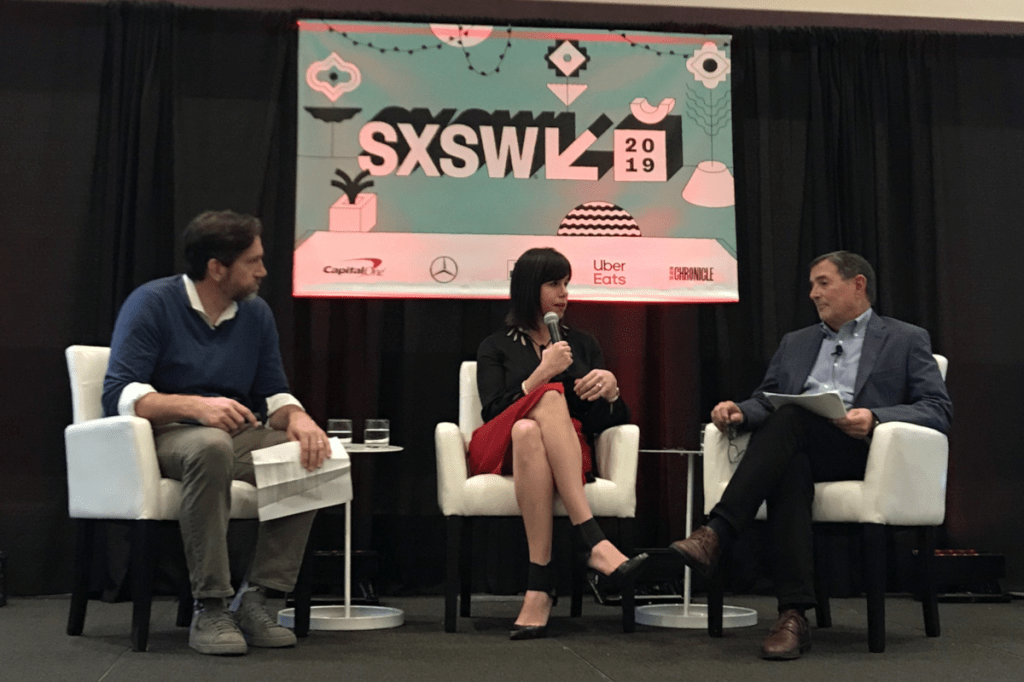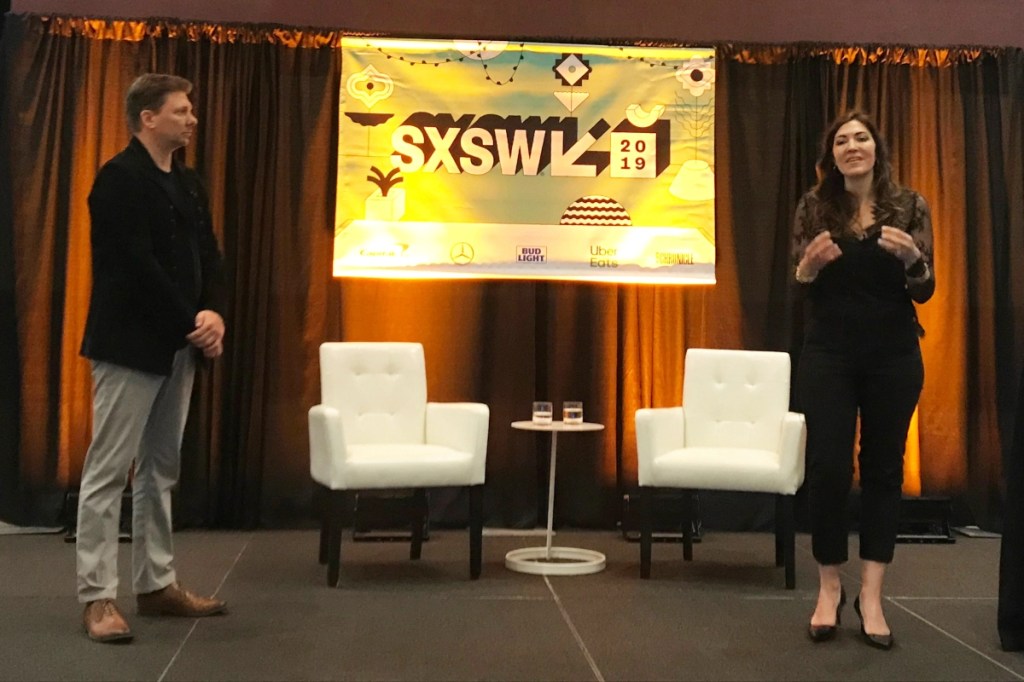
South by Southwest (SXSW) is defined by diversity—in the content of its sessions, its presenters and entertainers and its 400,000 attendees. This year’s festival provided the perfect backdrop for Nielsen to share the importance of representation and diversity in data.
Nielsen released new research during SXSW about the risks associated with only using big data for audience measurement, and those risks involve representation. Kelly Abcarian, General Manager of Advanced Video Advertising for Nielsen, presented the findings during the “Taming the Flood of Accurate Data Measurement” session. During her presentation, Kelly described the work Nielsen has done to address the evolving fragmentation in the media market by synergizing a big data approach with return-path data (RPD) providers.
So what exactly is RPD?
In terms of TV viewing, RPD is data that consumers transmit back to their set-top boxes, such as turning a device on, changing the channel or selecting a program from a video-on-demand (VOD) menu. While this data has value, it’s not person-specific and it isn’t representative of the entire TV universe.
Abcarian described the challenges of using these big data sets alone to understand diverse audiences and provided insights around why companies can’t account for missing audience behaviors with weighting or modeling, regardless of the size and scale of big data.
“These big data sets cannot be used to represent what they don’t measure and capture,” Kelly emphasized.
For instance, homes with set-top boxes that return data behave differently than over-the-air homes, broadband only homes, and even cable/satellite homes that have set-top boxes but don’t return data.
“As we work to train data sets—or, create synthetic ones—it’s essential to know the quality of the input in order to drive an outcome that brings transparency and truth, which is why we invest heavily in our representative panels,” said Kelly. “Big data and panels both have a role in today’s marketplace, and Nielsen is proud to have a unique combination of both to advance measurement for the future.”

What non-person level data, like RPD-only, misses are people’s culture and lived experience. Stacie de Armas, VP of Strategic Initiatives and Consumer Engagement, and David Bakula, SVP of Nielsen Music, leveraged our person-level data, which captures the unique and culturally influenced ways Latinx consumers interact with media and make purchases, to illustrate the opportunity for brands who are able to make authentic connections with these consumers during the “Latinx Digital Lives: Culture, Content, and Community” session.
“Technology has fundamentally changed the U.S. Hispanic consumer experience. Their relative youth, and predisposition to all things tech and digital, help us understand just how influential these consumers are in shaping American trends,” said Stacie. “U.S. Hispanics are tech ‘super consumers’ and trendsetters. Understanding what drives their affinity for the newest gadgets, apps and platforms provides an opportunity for brands to digitally engage this consumer and drive future growth.”
Stacie urged attendees to not underestimate the influence of culture and the role that the desire for connection with their families and communities plays in how Latinx consumers interact with technology. “U.S. Hispanic consumers’ predisposition for personal connections and sharing in everyday life is deeply rooted in culture. Thus, these consumers seek similar, personal interactions on digital platforms. This underscores the importance of an authentic and personal digital dialog with today’s Latinx consumer.“
David’s portion of the talk highlighted the pivotal role that music plays in the Latinx digital experience. “Music is incredibly important to Latinx consumers, who listen to more music, and spend more money on music than any other group. The Latinx community is on the leading edge of all things digital, including digital music consumption, and the Latin music genre has benefited from that.”
David shared that U.S. Hispanics are “experience music consumers,” which means they prefer curated experiences like playlists, and they skip fewer songs when streaming. He also noted that Hispanics spend more time connecting socially with artists and other fans, as they are more likely to share music with friends and family. “Music offers a unique and authentic opportunity for brands to connect with the US Hispanic consumer.”
Our SXSW presence was focused on granular consumer experiences, because as the world becomes more diverse and the media ecosystem more fragmented, companies must dig deeper to reach the consumers that will help them drive future growth.
